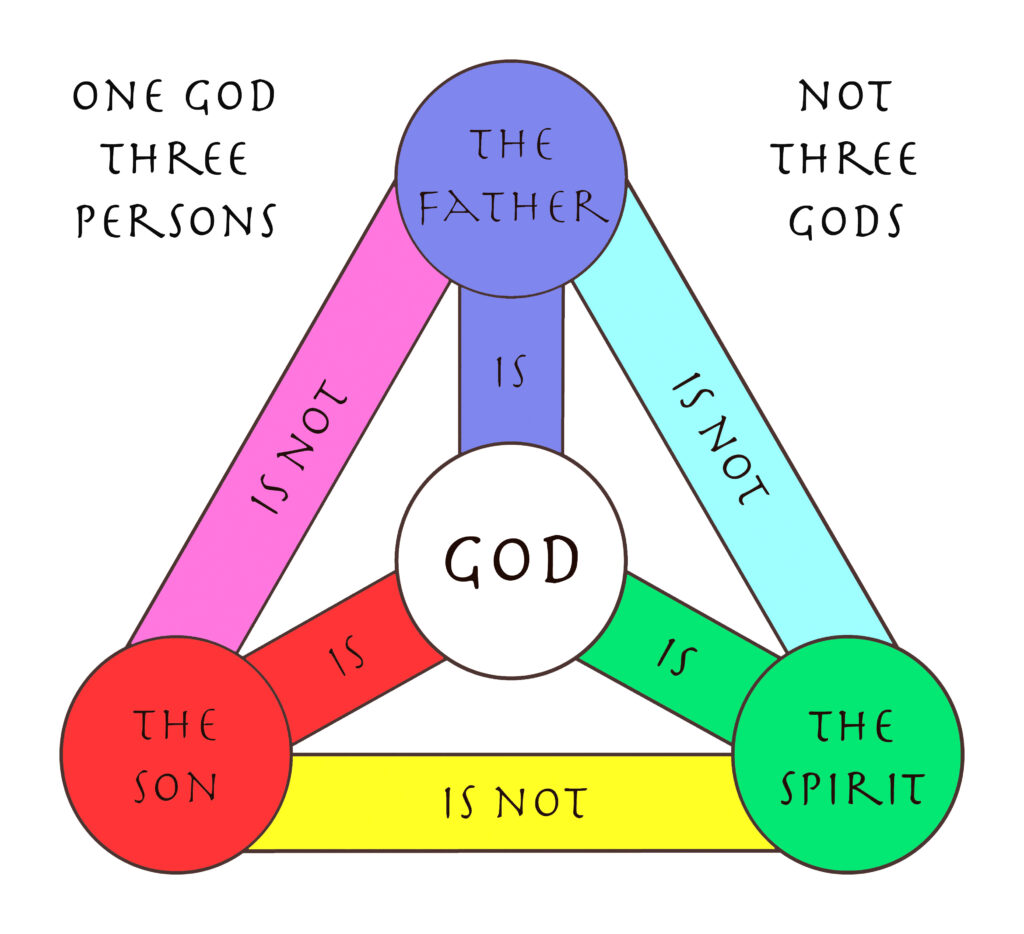
- The Father as the Beginning and Cause of the Personal Existence of the Son and the Holy Spirit
“The Father is the beginningless beginning of the Son and the Holy Spirit, representing one of the essential teachings about the Trinity by Saint Cyril of Alexandria in his explanation of the eternal relationship between the Father, the Son, and the Holy Spirit. This teaching was articulated in response to the Arian position, which denied the eternity of the Son and the Holy Spirit, claiming that the Son is a brother to the Father and so is the Holy Spirit. Arians argued that if there was never a time when the Son did not exist but is eternal and coexistent with the Father, then one should not call Him the Son but rather a brother to the Father. Saint Cyril countered by emphasizing that the Father and the Son do not originate from a prior beginning that could render them brothers; instead, the Father is the beginning of the Son, having begotten the Son and remains the Father, and it is never said that He is anyone’s son. Likewise, the Son is the Son and remains so, and it is never said that He is anyone’s brother by nature. Thus, where could brotherhood fit between them? There is a distinction between the temporal beginning of creatures and the Father, who is the eternal beginning of the Son. For creatures, the beginning is time, while for the Word of God, who exists from eternity, the beginning is solely His eternal Father who has no beginning, as He exists eternally with Him. Describing the Father as the beginningless beginning of the Son is an expression that depicts the eternal causal relationship between the Father and the Son—an eternal causality where the Father is the eternal cause, and the Son is the eternal result. This pertains to the theological concept of the eternal generation of the Son from the Father. Although the Son differs from the Father in that the Father is the beginning, while the Son comes from this beginning, He never ceases to be identical with Him and of the same essence,” (Alexandria, 2011).
“The person of the Father is the fountainhead and source; He is the spring of divinity, the begetter of the Son, and the sender forth of the Holy Spirit. As for the person of the Son, He is the articulate mind of God, existing in the Father from eternity and has the property of being begotten. Lastly, the person of the Holy Spirit is the Spirit of God, existing in the Father from eternity and has the property of procession,” (Helmy, 2013).
“The Father is God in essence and the origin in personhood; the Son is God in essence and begotten in personhood; and the Holy Spirit is God in essence and proceeding in personhood,” (Bishop Bishoy), explaining the Trinity as one God in one essence with three persons.
Read more in Part 2
